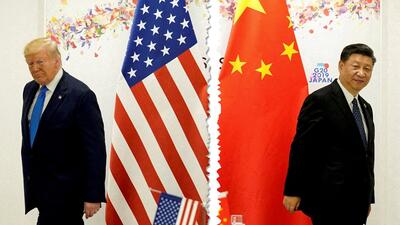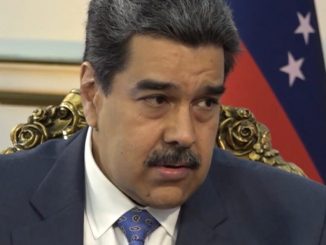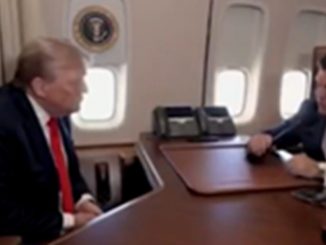
| Published May 3, 2025
🇺🇸 Editorial: America’s Bold Trade Moves Are Rewriting the Global Order — And It’s About Time
In an era dominated by hollow diplomacy and globalist inertia, the United States is finally doing what it should’ve done decades ago: taking charge. Under renewed leadership committed to American strength, the U.S. is wielding its economic influence not to appease—but to realign. Recent trade positioning with India, coupled with the strategic use of tariffs, isn’t just policy. It’s a declaration: America will lead, not follow.
For years, China has exploited the free world’s addiction to cheap goods and political timidity. It built influence not with tanks, but with trade surpluses and manufacturing dominance, slowly making nations dependent on its economy. But the tide is turning. The U.S. is reasserting control—not just to protect domestic industries, but to reshape the global playing field. The use of tariffs is no longer just about jobs at home (though that matters); it’s about compelling nations to choose sides in an ideological struggle between freedom and authoritarianism, sovereignty and subjugation.
The emerging framework between the U.S. and India—two of the world’s largest democracies—is a geopolitical pivot point. Add Japan, South Korea, and Australia to the mix, and you’re staring at the makings of a powerful economic and security alliance that could finally balance, or even outweigh, China’s clout. For conservatives, this isn’t saber-rattling—it’s strategic foresight.
Meanwhile, Europe and the UK sit at a crossroads. Will they continue their hedging, clinging to a misguided vision of neutrality in a bifurcated world? Or will they recognize the long-term stakes and align with the democratic bloc that actually defends the values they claim to uphold?
Critics may call this approach “provocative” or “risky.” But playing nice with the Chinese Communist Party hasn’t worked. Diplomacy without leverage is delusion. If the price of leadership is a few headlines about trade “tensions,” so be it. The alternative—continued economic dependence on a regime that censors speech, imprisons dissidents, and bullies its neighbors—is far worse.
The glass isn’t half full or half empty. It’s finally being filled—with resolve, direction, and a long-overdue dose of backbone. America is back in the driver’s seat, and the world is better for it.
🇺🇸 Key Implications:
🛡️ 1. Reassertion of U.S. Economic Sovereignty
The U.S.’s strategic deployment of tariffs underscores a commitment to protecting domestic industries and reducing reliance on foreign supply chains. This approach aligns with conservative values of national self-reliance and economic independence.
🌐 2. Formation of Strategic Alliances
The potential U.S.-India trade framework, along with possible inclusion of Japan, South Korea, and Australia, signifies a shift towards building a coalition of democracies to counterbalance China’s influence. This move reflects a conservative emphasis on strengthening alliances that uphold shared values and security interests.
🏛️ 3. Pressure on Europe and the UK
Europe and the UK are now compelled to make strategic choices regarding their economic alignments. Conservatives may view this as an opportunity for these regions to reconsider their positions and potentially align more closely with U.S. interests, promoting a unified front against authoritarian economic models.
🧭 Overall Takeaway:
The recent U.S. trade moves reflect a decisive shift toward reclaiming economic sovereignty and rallying democratic allies against China’s authoritarian model. By using tariffs strategically and building partnerships with nations like India, the U.S. is no longer reacting—it’s leading. For conservatives, this is a long-overdue course correction: protecting American interests, strengthening global alliances rooted in shared values, and forcing the world to confront a clear choice—freedom or dependence on China.
SOURCE: ZEROHEDGE – Are Recent Moves Between China And The US A Glass Half Full, Or Half Empty




